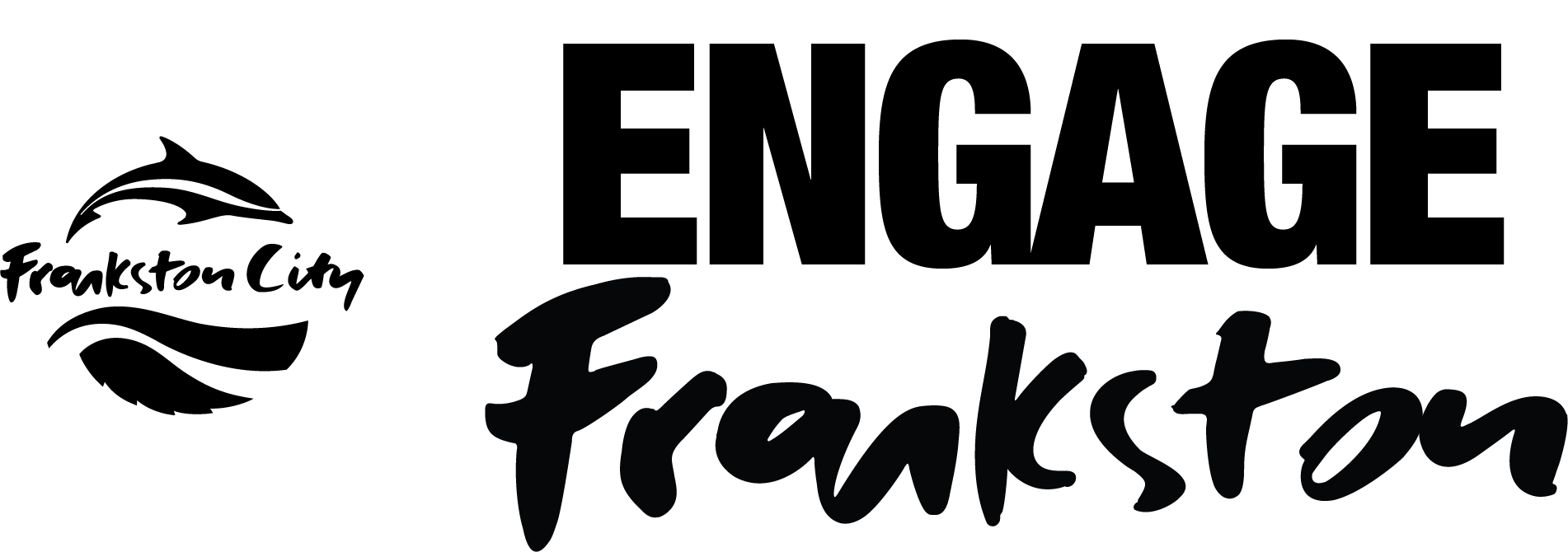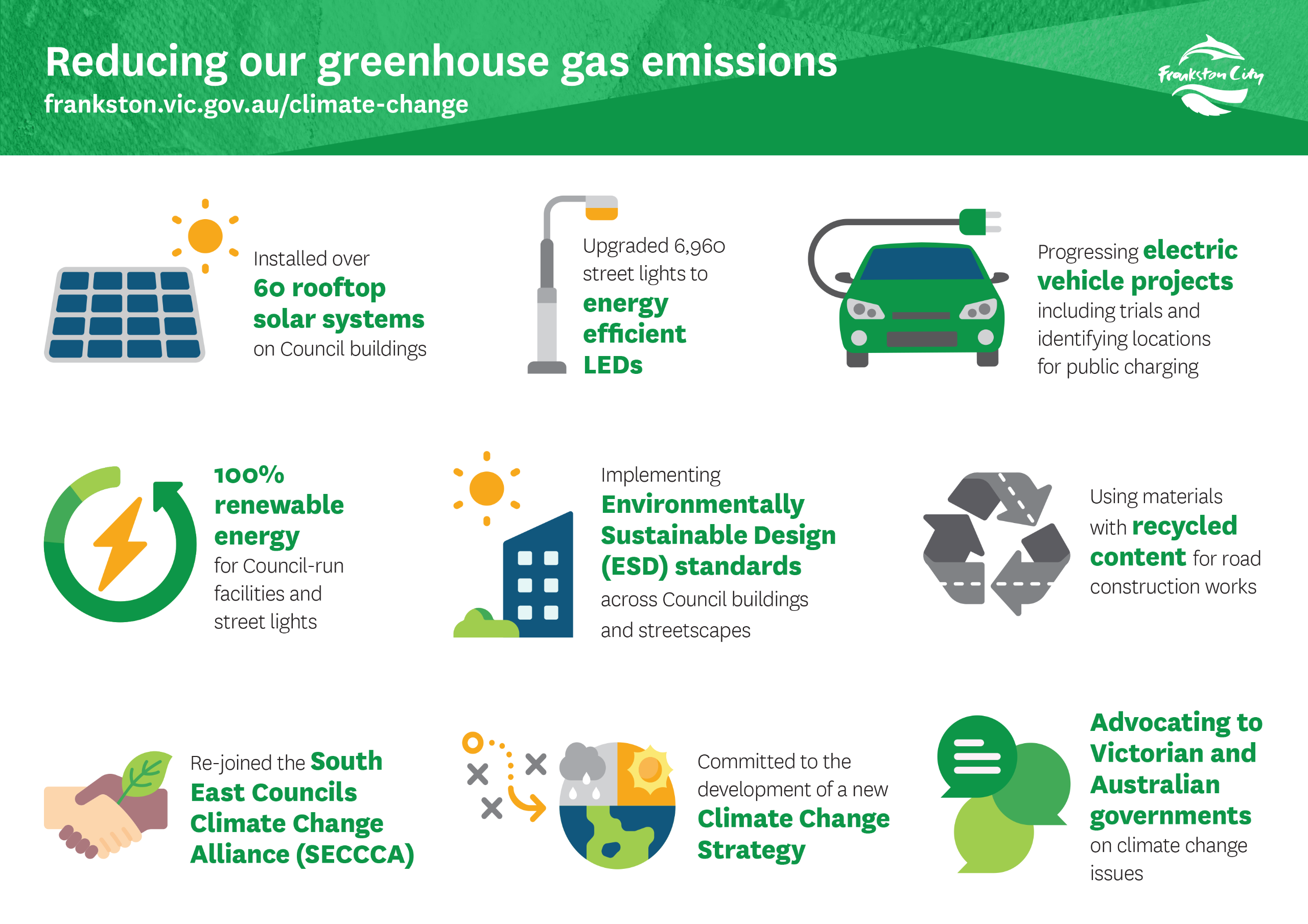Our biodiversity
Is significantly affected by climate change. More frequent extreme weather events and shifting seasonal patterns are all likely to lead to potentially irreversible changes in our local habitat and threaten the environmental services they provide.

















